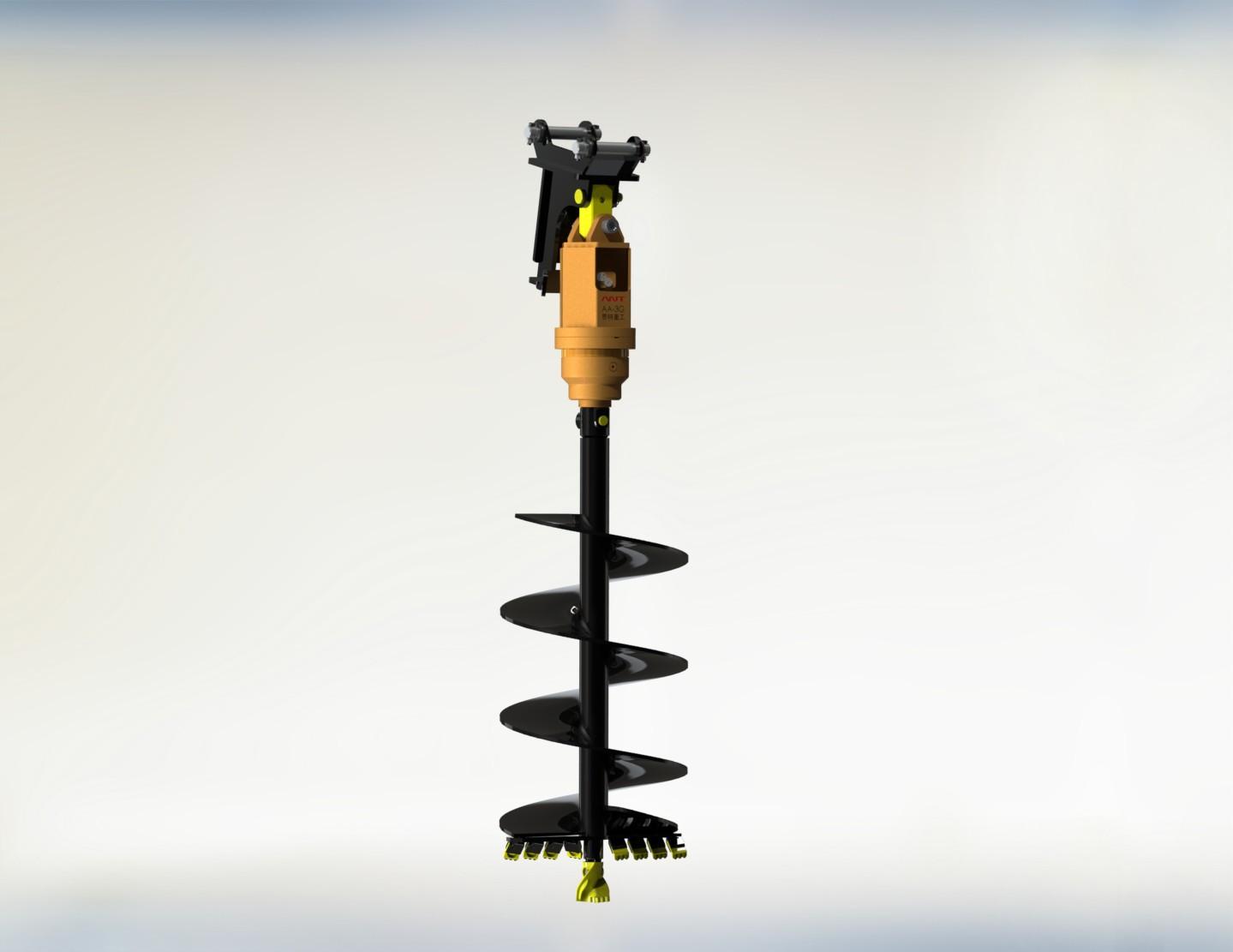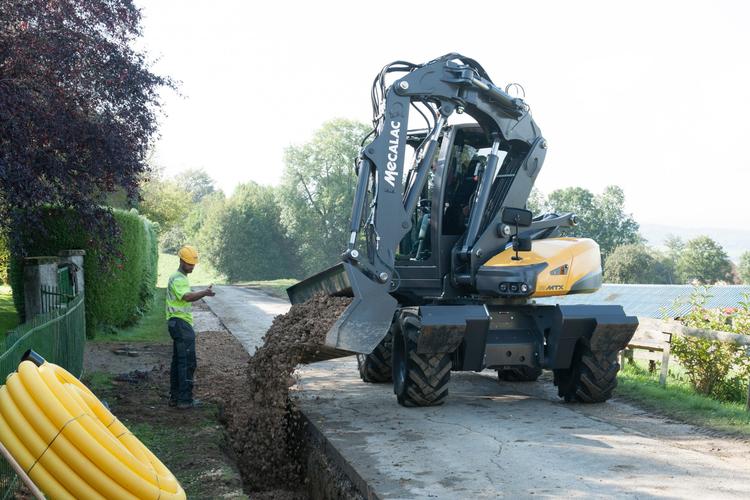how to bleed tractor brakes
Release time:2023-07-09 11:09:52
Page View:
author:Yuxuan
Bleeding tractor brakes may seem like a daunting task, but it’s essential to keep your tractor running smoothly and safely. Brakes can become spongy or unresponsive over time, which can be a sign of air in the brake lines or worn brake pads. Bleeding the brakes is a simple process that can be done at home with the right tools and techniques. In this article, we’ll go through the step-by-step process of bleeding tractor brakes.
Step 1: Prepare your tools and equipment
Before you start bleeding, you’ll need to gather a few tools and equipment. You’ll need a wrench, a clear plastic tube that will fit over the bleeder valve, a container to catch the brake fluid, and fresh brake fluid. Ensure you have the correct type of brake fluid for your tractor. You should also have a helper on hand to pump the brakes while you open and close the bleeder valve.Step 2: Locate the bleeder valve
The bleeder valve is usually located on the brake caliper or near the brake lines' junction. You may need to consult your tractor’s manual to locate it. Once you’ve found it, use your wrench to loosen the valve but not too much.Step 3: Begin bleeding the brakes
Have your helper sit in the driver’s seat and pump the brake pedal several times until it’s firm. You should then ask them to hold down the pedal while you loosen the bleeder valve. As you do so, brake fluid should come out of the valve and into the container. It’s essential to keep an eye on the fluid level in the container and ensure it doesn’t get too low when bleeding. Once the fluid stops coming out of the valve, tighten it and ask your helper to release the brake pedal. Repeat this process until there are no bubbles in the brake fluid and it looks clear.Step 4: Bleed all the brakes
Repeat the above process for each brake. Bleed them in the following order: the brake farthest from the master cylinder, followed by the next farthest, and then the two closest to the master cylinder. This process helps ensure that all the air is removed from the brake lines.Step 5: Test the brakes
Once you’ve finished bleeding all the brakes, it's important to test them. Pump the brakes several times until they are firm, then press down hard to test their responsiveness. If they feel spongy or unresponsive, you may need to bleed them again. Ensure that the brake fluid is at the correct level by checking the tractor manual. If everything feels good, take the tractor for a short drive to ensure that the brakes are working correctly.Conclusion
Bleeding tractor brakes may seem like a daunting task, but it is an important part of maintaining your tractor. By following the above steps, you can ensure that your brakes are working safely and efficiently. Remember to always use the correct type of brake fluid and to check the fluid level regularly. With a little practice, bleeding your tractor brakes will become an easy and routine maintenance task.












